Pet Food
The quality demands for pet-food are immense, especially for the exporter. There are a wide variety of both dietary and quality control points that need to be measured and met. This is made more difficult by the variability in inputs – the whole process needs to be monitored and adapted in real time to achieve consistent results. The advantage that the New Zealand pet food manufacturer has is the reputation for producing high quality, premium petfood with innovative solutions.
When exporting a premium petfood, the labelling requirements are very strict and need to include the dietary composition, including fat, moisture, protein and other nutrients. This is where a tool such as the Perkin Elmer DA7250 NIR Analyser will become invaluable. With a reading time of only 6 seconds and datalogging capability, the composition of both wet and dry petfood can be checked with a high degree of accuracy. As a process control tool, NIR analysis can also be used during production – either in pipe with the Perkin Elmer DA7350 or over belt with the Perkin Elmer DA7440, both of which allow for adjustments to inputs during the production process.
The challenge with traditional lab testing is not only the expense, but also the time taken. With tests that range anywhere from 15-30 minutes (for microwave fat determination) up to the duration of a full shift (or more!) reworks for “out of specification” product become difficult and storage/holding product for approval becomes an issue.
The solution to these challenges is to use Near Infra-Red Spectroscopy for instant results. For continuous monitoring of extruded/blended product over-belt there is the Perkin Elmer DA7440, while for in-pipe or mixer there is the Perkin Elmer DA7350. Either of these instruments can deliver continuous, instant feedback, allowing for the adjustment of ingredients in real time, reducing wastage, improving quality, virtually eliminating reworks and improving efficiency.
For testing of product for final release, the creation of a Certificate of Analysis (C.O.A) or working in the lab there is also the Perkin Elmer DA7250 – which is capable of delivering accurate results in only 6-seconds. And best of all, as a top-scanning NIR, sample preparation is minimal and clean-up between samples virtually non-existent (a top scanning NIR allows for “scoop and dump” in preparing a sample).
When cooking/drying a premium petfood, the incoming raw meat and other ingredients will often have varying moisture levels, yet consistency is needed in the output. This means that drying time and temperature will need to be adjusted to achieve consistent results. This is both because of MPI standards for safety and also for maximising profitability – after all, when selling by weight, water is “free money” – the drier the product, the less weight you have (and the more you spend on fuel for the drier)
In monitoring water content, and also the ability of any product to grow bacteria, water activity is one of the key indicators. Meter Foods, via the Aqualab knowledge base, have built a fantastic silo of knowledge around water activity testing and management, allowing greater quality control for pet-foods. A large part of this is focussed on preventing mould & bacteria growth as well as creating fast, reliable and repeatable methods to measure both water activity and moisture content.
For measuring water activity there are three key tools, each with different strengths, that can be selected depending upon budget and process. The portable Aqualab PawKit, which is a simple verification tool for use at line as a QC checkpoint in robust and easy to use. For process control, there is the “1 minute water activity AND moisture content” in the form of the Aqualab AQ3 – the fastest water activity meter available on the market. And for product development or final testing in the lab there is the Aqualab 4TE range – starting from the Aqualab 4TE, this includes the Aqualab 4TEV, Aqualab 4TE Duo and finally the Aqualab TDL (tunable diode laser), which can be used for testing the water activity of volatile products such as spices, oils and petroleum products.
Dried pet foods (kibble, strips, biscuits or chewable treats) are also often gas flushed or packaged in a Modified Atmosphere Packaging (MAP) to maintain freshness and texture. This is where the Ametek Mocon range of instruments are going to be invaluable. These enable the real time monitoring of gas flow into a gas flushing instrument (Dansensor MapCheck 3). For proper quality control the Residual Oxygen in pouches post sealing should also be monitored. This can be achieved with the CheckPoint 3 or CheckMate 3 gas analysers. It is also important to know that what is in the packages, stays in the package and that leaks don’t develop. In leak detection there is the option of non-destructive leak testing which can work on the principle of either residual gas detection (Dansensor LeakPointer 3) or pressure decay with a tool such as the Bestech range.
Having identified that there is a leak, the next step is to identify the source of the problem. For checking exactly which part of the package is causing issues, a Dansensor LeakPointer H2O or Haug Waterbath can be used. With this technology, a stream of bubbles will quickly identify the source of the leak and allow for corrective action.
Mätt Solutions offer shelf-life testing services that look at the product's "complete picture", considering all its aspects to determine when and what ends the shelf-life of Pet Food. Packaging provides protection from extremes in light, temperature, humidity and oxygen all of which will reduce shelf-life if not controlled. To perform an accurate shelf-life test, it is imperative to expose the product to different conditions to know when and why it fails.
Mätt Solutions have a wide selection of chambers and simulation set-ups to test these extremes and help determine the shelf-life and durability of ready-to-eat meat products by offering both accelerated and real time shelf-life studies as applicable. At the end of the trial, a comprehensive report is provided that states the actual shelf-life of the product, outlines reasons for failure and in most cases recommends ways to improve. This report tends to be a requirement by most supermarket chains and is well received by auditors and MPI (Ministry of Primary Industries)
Dried petfood (biscuits or kibble) has a “sweet spot” of 0.55-0.65 aW. This can be correlated to moisture content and used to maximise profits. Meter Food have a wealth of research on pet food quality and aW. A great starting point is https://www.metergroup.com/food/articles/introduction-to-water-activity-for-food-quality/
The correct MAP mix for petfood can more than triple the effective life of a dried petfood
Spoilage indicators such as lipid oxidation, staling and more can be tested via objective means. We can also test how texture is changing over time, headspace gas analysis in the package and organoleptic testing that impacts how the consumer perceives the petfood.
In general, it is oxygen that leads to spoilage and staling in petfood – an inert gas such as nitrogen can be used to prevent this. However, if it is an airdried as opposed to a cooked pet product, more work may need to be done to understand the best gas flushing mix for any particular product.
Applicable Instruments
-
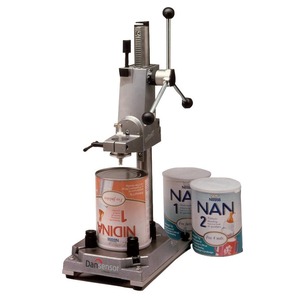
Can Piercer
Dansensor Can Piercer for milk powder cans, soft drink cans, wine bottles, ready to drink containers and PET bottles
-
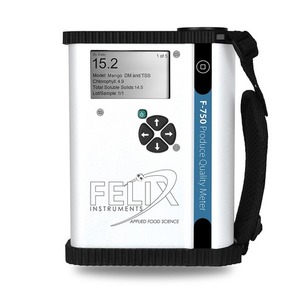
Produce Quality Meter F-750
Produce Quality Meter
-
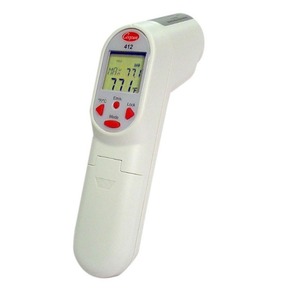
Cooper Atkins Infrared 413 w/ Thermocouple Jack 20568
Non-contact Infrared Thermometer to measure surface temperature combined with a Thermocouple Jack to measure internal temperature.
-
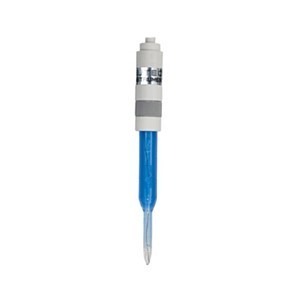
EC620133 Speartip PH Electrode
Open pore spear tip electrode. Suitable for semi-solid samples.
-
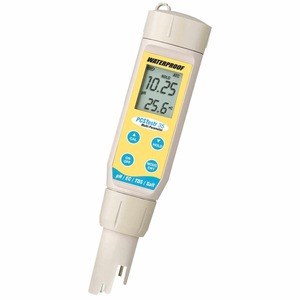
PCSTestr 35 Mutliparamter Tester
pocket size tester measures that five parameters (measures pH, Conductivity, TDS, Salinity and Temperature)
-
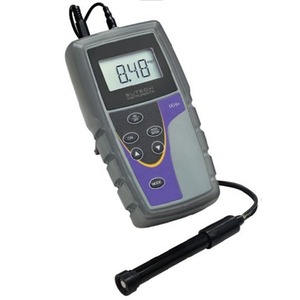
DO 6+ Dissolved Oxygen Meter
Easy to carry Dissolved Oxygen Meter
-
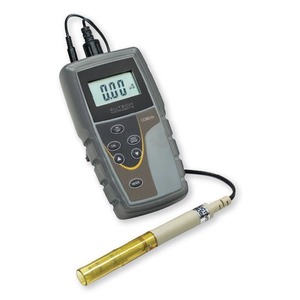
Eutech COND 6+ Conductivity meter
Water quality monitoring multiparameter
-
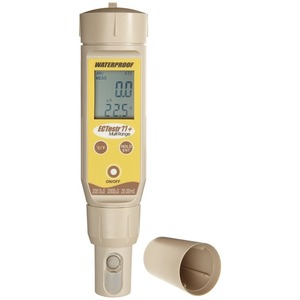
ECTestr 11+ Conductivity meter
Multi-range with selectable or auto-ranging options
-
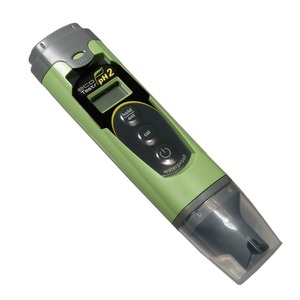
EcoTestr pH 2
Economical pH measurements
-
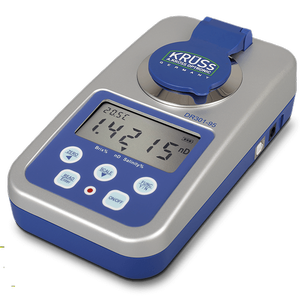
Digital Hand-held Refractometers
Compact digital refractometer helps eliminate user-related reading errors
-
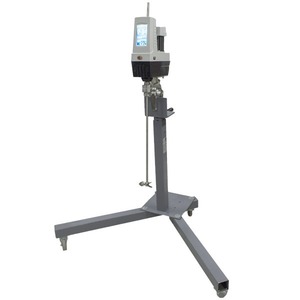
Crossover 1540
Powerful industrial mixer.
-
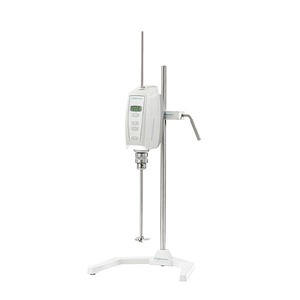
Compact Overhead Stirrers
Lightweight Stirrer
-
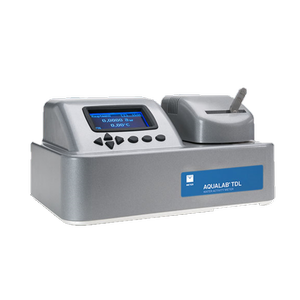
Water Activity Meter - Aqualab TDL
Test volatile samples. Super Accurate
-
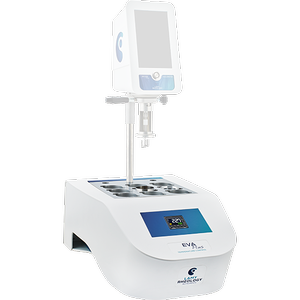
EVA MS-R
Temperature control system for measuring system as anchors type
-
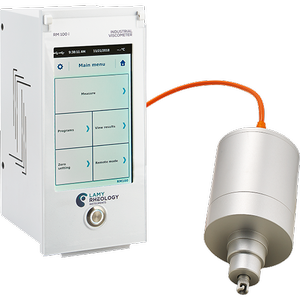
RM 100 I TOUCH
perfectly suited for so-called immersion use, installing it over a tank or on a support for a measurement in a pot
